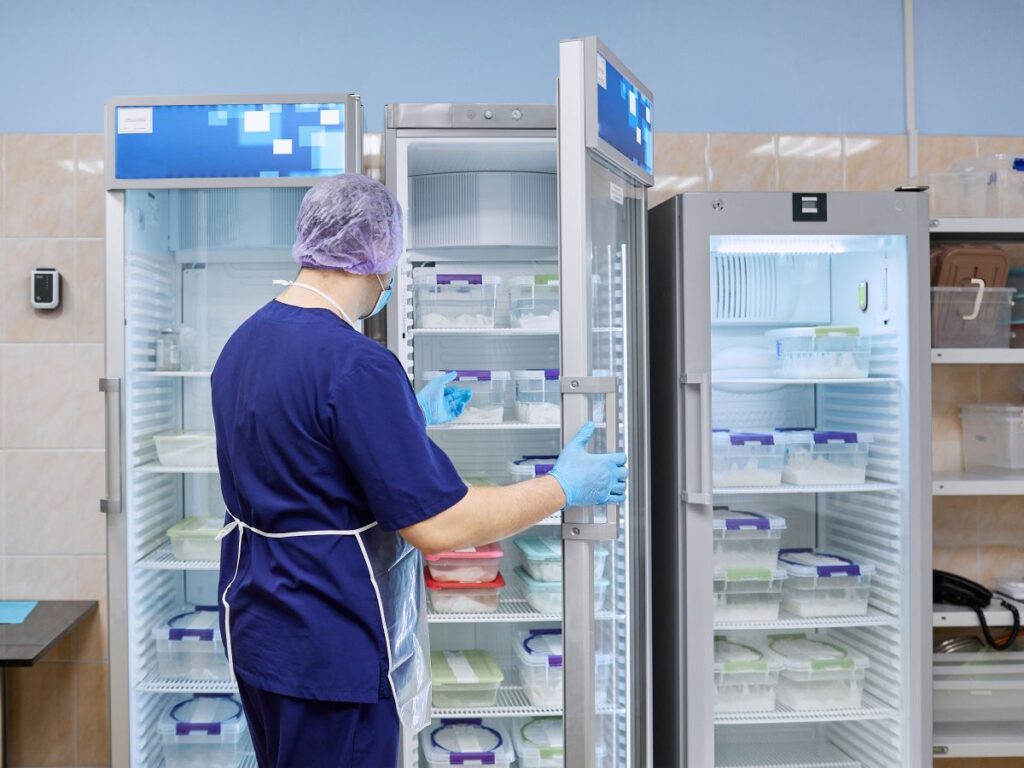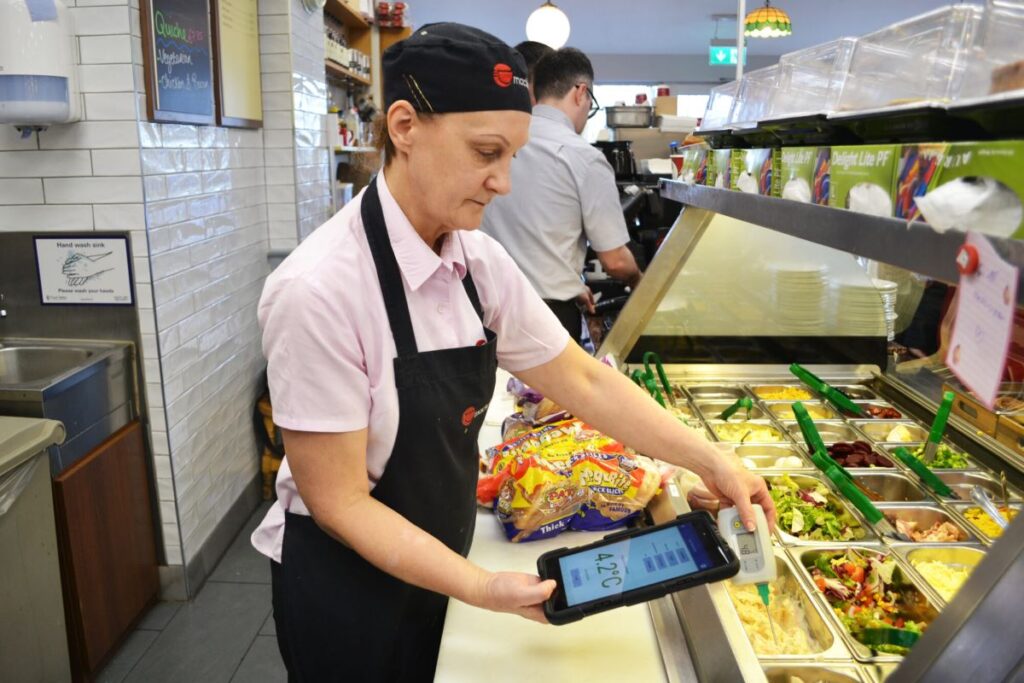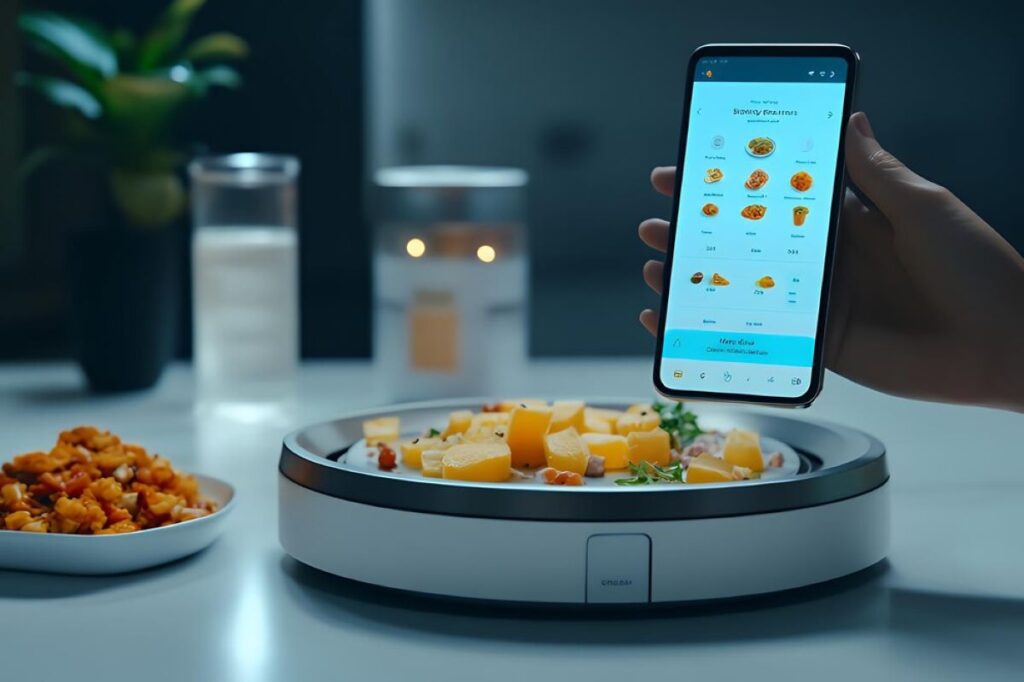Temperature monitoring is a critical aspect of many industries, from food and beverage to pharmaceuticals and healthcare. Ensuring that products are stored and transported at the correct temperatures is essential for maintaining quality, safety, and compliance with regulations. With a plethora of options available, selecting the right temperature monitoring equipment can be a daunting task. This article aims to guide businesses in Australia through the process of choosing the best temperature monitoring solutions tailored to their specific needs.
Understanding Temperature Monitoring Needs
Before diving into the various types of temperature monitoring equipment, it is vital to understand the specific needs of your business. This involves considering the type of products being monitored, the environment in which they are stored, and the regulatory requirements that apply.
Identifying Product Requirements
Different products have varying temperature requirements. For instance, perishable goods such as dairy, meat, and fresh produce have strict temperature ranges that must be adhered to in order to prevent spoilage. On the other hand, pharmaceuticals may require even more stringent controls, often needing to be stored within a narrow temperature band to maintain efficacy. Understanding these requirements is the first step in selecting the right monitoring equipment. Additionally, it is important to consider the potential impact of temperature fluctuations on product quality. For example, a slight increase in temperature can lead to the rapid growth of bacteria in food items, while pharmaceuticals might lose their potency if exposed to temperatures outside their recommended range. Therefore, investing in reliable monitoring systems can safeguard both product integrity and consumer health.
Environmental Considerations
The environment where the monitoring equipment will be used also plays a significant role in the selection process. For example, a cold storage facility may have different monitoring needs compared to a transport vehicle. Factors such as humidity, exposure to light, and the presence of other equipment can affect temperature readings and should be taken into account when choosing monitoring solutions. Furthermore, the layout of the storage area can influence temperature distribution; for instance, areas near doors or windows may experience more significant temperature variations. It is advisable to conduct a thorough assessment of the storage environment, including potential heat sources and airflow patterns, to ensure that the monitoring equipment is placed strategically for optimal performance.
Regulatory Compliance
In Australia, various industries are governed by strict regulations regarding temperature control. The Australian New Zealand Food Standards Code, for instance, outlines specific requirements for food safety. Similarly, the Therapeutic Goods Administration (TGA) has guidelines for the storage of medicines. Familiarising oneself with these regulations will help ensure that the chosen temperature monitoring equipment meets compliance standards, avoiding potential fines and product recalls. Moreover, regular audits and inspections may be required to verify adherence to these standards, making it essential to maintain accurate and accessible temperature records. Implementing automated monitoring systems can streamline this process, providing real-time data and alerts that enhance compliance efforts while reducing the administrative burden on staff.
Types of Temperature Monitoring Equipment
Once the specific needs of the business are identified, the next step is to explore the different types of temperature monitoring equipment available. Each type has its own advantages and disadvantages, making it crucial to choose wisely.
Data Loggers
Data loggers are electronic devices that record temperature over time. They can be used in a variety of settings and are particularly beneficial for monitoring temperature during transport. Many modern data loggers come equipped with Bluetooth or Wi-Fi capabilities, allowing for real-time monitoring and alerts.
One of the key advantages of data loggers is their ability to provide detailed records of temperature fluctuations, which can be invaluable for audits and compliance checks. However, they require regular maintenance, including battery replacements and calibration, to ensure accuracy.

Thermometers
Thermometers are perhaps the most straightforward temperature monitoring devices. They come in various forms, including digital, infrared, and bimetallic thermometers. While they are easy to use and often less expensive than data loggers, they typically offer less functionality.
For businesses that require continuous monitoring, thermometers may not be the best choice, as they usually provide a one-time reading rather than ongoing data. However, they can be useful for quick checks and spot monitoring.
Wireless Monitoring Systems
Wireless monitoring systems represent a more advanced solution, allowing businesses to monitor temperatures in real-time from a centralised location. These systems often include multiple sensors placed throughout a facility, providing comprehensive coverage and immediate alerts if temperatures fall outside of the acceptable range.
The primary advantage of wireless systems is their ability to integrate with other management software, enabling businesses to streamline operations and improve efficiency. However, they can be more expensive to install and maintain compared to simpler solutions.
Key Features to Look For
When evaluating temperature monitoring equipment, certain features can significantly enhance the functionality and reliability of the devices. Understanding these features will help businesses make informed decisions.
Accuracy and Calibration
Accuracy is paramount in temperature monitoring. Devices should have a proven track record for precise readings, as even minor fluctuations can have significant consequences. Additionally, the ability to calibrate the equipment is essential to maintain accuracy over time. Look for devices that offer easy calibration procedures and come with calibration certificates.
Alert Systems
Effective alert systems are crucial for timely intervention. Many modern temperature monitoring devices come equipped with alarms that notify users when temperatures exceed or fall below set thresholds. This feature can be invaluable in preventing spoilage or damage to sensitive products.
Some systems even offer SMS or email alerts, ensuring that the relevant personnel are informed immediately, regardless of their location. This capability can be particularly useful in larger operations where staff may not always be on-site.
Data Storage and Reporting
Data storage capabilities vary widely among temperature monitoring devices. Some offer cloud storage, while others may require manual downloads. Businesses should consider how data will be stored and accessed, especially for compliance purposes.
Additionally, reporting features can simplify the process of generating compliance reports. Look for devices that provide easy-to-read reports and analytics, which can help identify trends and areas for improvement.
Cost Considerations
While it may be tempting to opt for the cheapest temperature monitoring equipment available, it is essential to consider the long-term costs associated with the devices. Investing in high-quality equipment can save money in the long run by reducing the risk of spoilage and ensuring compliance with regulations.
Initial Investment vs. Long-Term Savings
The initial investment in temperature monitoring equipment can vary significantly. While basic thermometers may be inexpensive, more advanced systems like wireless monitoring can require a more substantial upfront cost. However, the potential savings from preventing spoilage and ensuring compliance can far outweigh these initial costs.
Maintenance and Operating Costs
In addition to the initial purchase price, businesses must also consider the ongoing maintenance and operating costs associated with temperature monitoring equipment. This includes expenses such as battery replacements, calibration services, and software updates. Understanding these costs will help businesses budget effectively and avoid unexpected expenses. Visit https://seoanalyticnews.com/how-food-safety-compliance-software-simplifies-regulatory-requirements/ to get how food safety compliance software simplifies regulatory requirements.
Implementing Temperature Monitoring Solutions
Once the appropriate temperature monitoring equipment has been selected, the next step is implementation. This process involves not only the physical installation of the devices but also the training of staff and the establishment of protocols for monitoring and responding to temperature fluctuations.
Training Staff
Proper training is essential to ensure that staff can effectively use the temperature monitoring equipment. This includes understanding how to read and interpret data, respond to alerts, and perform routine maintenance. Regular training sessions can help reinforce these skills and keep staff informed about any updates or changes to the equipment.
Establishing Protocols
Establishing clear protocols for temperature monitoring is crucial for maintaining compliance and ensuring product quality. This includes defining who is responsible for monitoring temperatures, how often checks should be conducted, and what actions should be taken in the event of a temperature deviation.
Documentation of these protocols can serve as a reference for staff and can also be invaluable during audits or inspections.

Conclusion
Choosing the best temperature monitoring equipment for a business is a critical decision that can significantly impact product quality and compliance. By understanding specific needs, exploring various types of equipment, and considering key features and costs, businesses can make informed choices that will benefit their operations in the long run.
As technology continues to evolve, staying informed about the latest advancements in temperature monitoring will ensure that businesses remain competitive and compliant. With the right equipment and protocols in place, businesses can safeguard their products and reputation in an increasingly demanding market.

